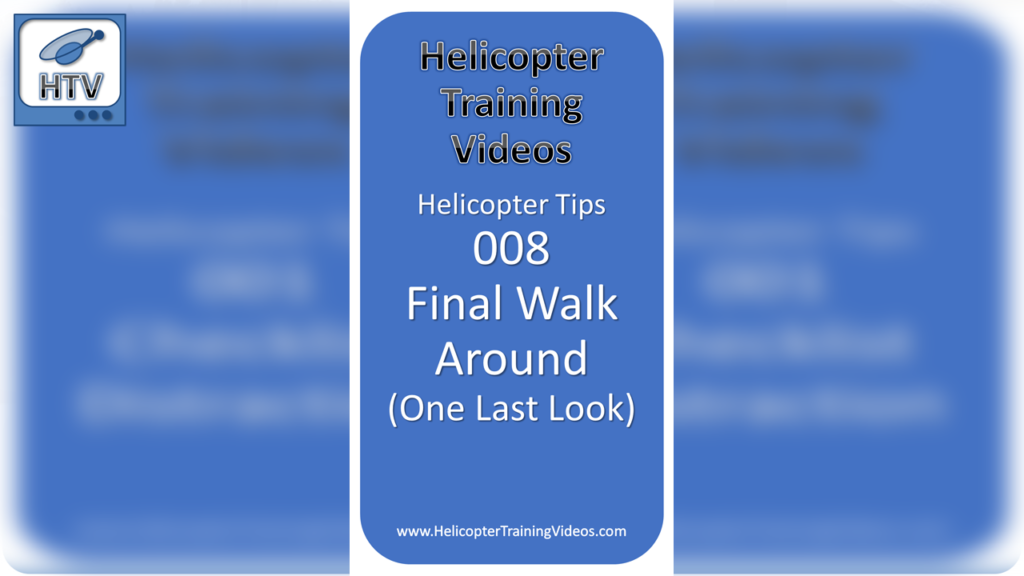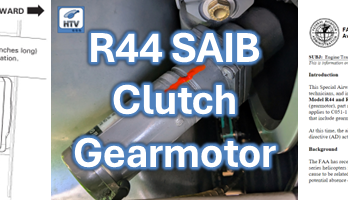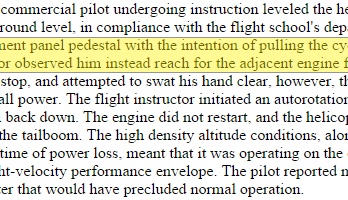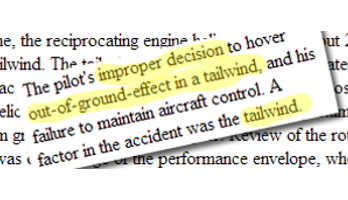Here is an accident that reinforces why you should habitually, always do one last walk around the aircraft before jumping in to start it up and take off.
The Accident
An R44 helicopter landed at Tulsa (KTUL) in the early evening in February 2013 requesting fuel. The aircraft was refueled by line service at KTUL and the lineman had used a fueling mat placed over the fuel tank area (to avoid scratching the paintwork with the fuel nozzle). Unfortunately the lineman had forgotten to remove the mat and the pilot did not spot the mat prior to take off. About 150 feet AGL the mat slipped off and went through the tail rotor. The pilot heard a loud bang and then the aircraft yawed right. The pilot executed an autorotation and made a safe landing to the ramp. No injuries were reported but the aircraft lost it’s tail rotor as the fueling mat went through it.
Photos from NTSB:
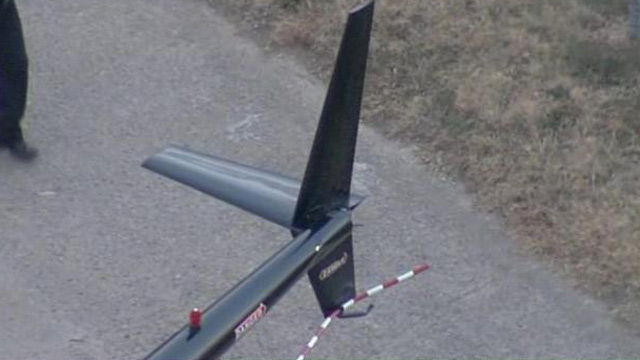
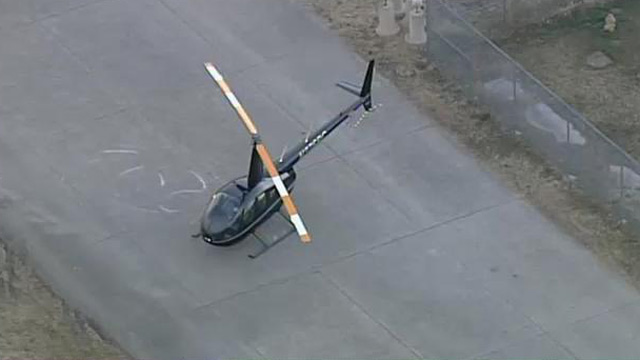
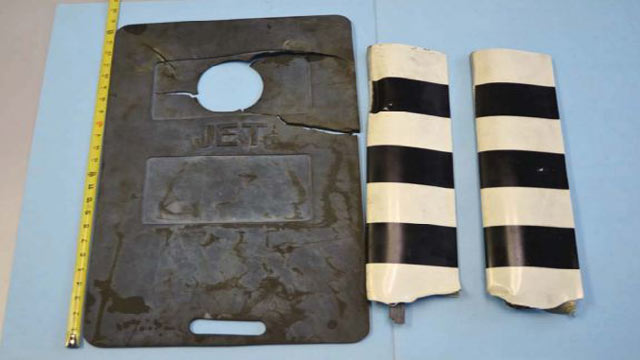
The NTSB final report determines the probable cause(s) of this accident to be:
The line technician’s failure to remove the refueling mat from the helicopter fuselage following servicing, which resulted in the mat striking the tail rotor in flight, and the pilot’s inadequate preflight inspection.
NTSB Final Report CEN13LA155
Final Walk Around – One Last Look
EVERY time you intend to start a helicopter, first do a final walk around for one last look. I always do the walk around after loading passengers, to ensure doors are secure, etc. And as an instructor I do the walk around after the student has finished ‘touching’ the aircraft, often walking together, so they form the same good habit.
Many helicopter companies have a final walk around as a required action before starting a helicopter. One company I worked for stated they would let a pilot go if they broke this rule. It may seem harsh, but the potential consequences are deadly.
I start my final walk around close to my door, going either way, as long as it is a complete circle. Often if I did a preflight in one direction, I would do the final walk around in the opposite direction to get a different angle on things.
Often if I did a preflight in one direction, I would do the final walk around in the opposite direction to get a different angle on things.
Jay
I would put hands on certain things to ensure they don’t just look good, they feel good too. Here are some of the things I would be looking (and feeling) for:
- Doors closed and secure
- No straps or safety belts hanging out the bottoms of the doors (they make a terrible noise and cause damage to paintwork at speed)
- Fuel caps (and no refueling mat left on!)
- Oil inspection dip stick
- Inspection cowlings
- Engine inlet and pitot covers
- Blade and aircraft tiedowns
- Nothing accidently left behind, like oil rags, gloves, flashlights, iPad left on skids (true story – they used Find My app to recover it a few miles from departure)
- Skids clear of ground handling wheels, fuel lines, etc. and be aware of dynamic rollover threats like iced skids, cracks, vegetation etc.
- External cargo and/or external line secure and free from possible entanglement
- Look around immediate area for loose articles (tarps etc.) that could be drawn into the rotors as well as reminding yourself of nearby obstacles (wires, posts, fuel lines, taxi light/reflector posts, etc.)
- Have one last look at wind and incoming weather threats (storm, precipitation, low visibility, etc.) and plan your departure path
Final Walk Around Video
Check out our quick Helicopter Tips – Final Walk Around video:
More Info
- Robinson Safety Notice 30 (SN-30) – Loose Objects Can Be Fatal
- USHST Helicopter Preflight, Final Walk Around and Post Flight Inspection Guidelines
Feedback
Do you have any walk around tips to add? Maybe a ‘never again’ story related to this? Please leave the details in the comment form below.



